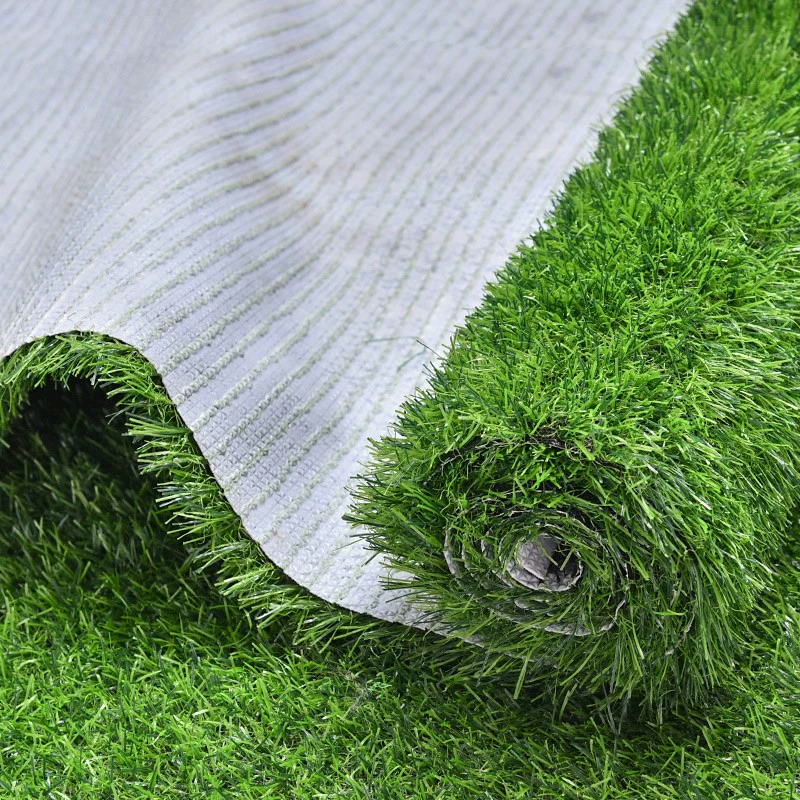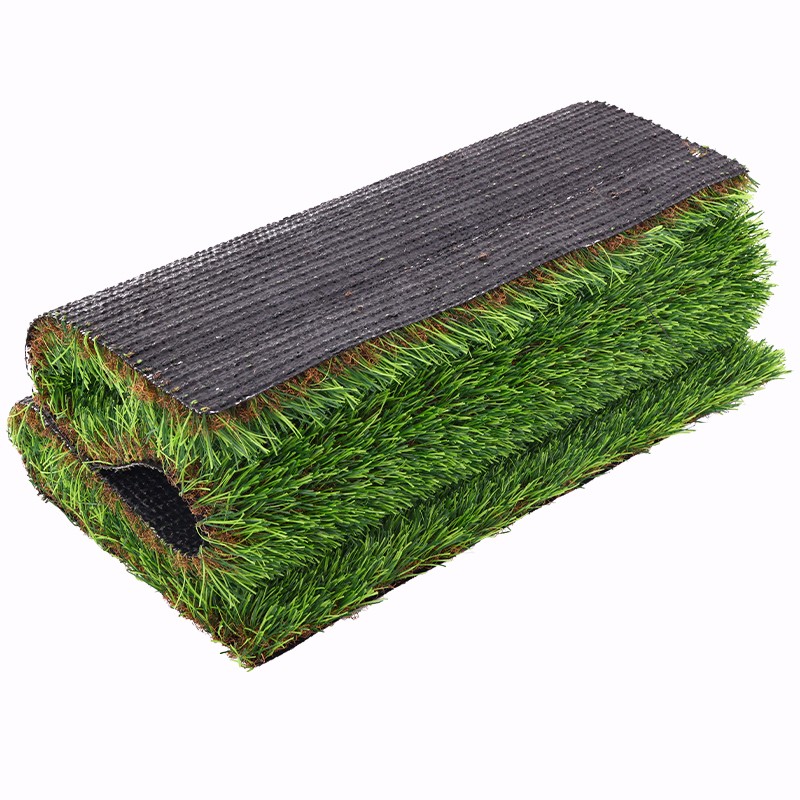
There are several types of artificial grass used for football fields, each with its own characteristics and advantages. The choice of artificial grass depends on factors such as player safety, field performance, maintenance requirements, and budget considerations. Here are some common types of artificial grass used in football fields:
1. **Monofilament Artificial Grass:**
– Monofilament turf is known for its durability and resilience. It has individual, upright fibers that resemble natural grass blades. This type of turf provides a consistent playing surface and is often used in high-traffic football fields.
2. **Fibrillated Artificial Grass:**
– Fibrillated turf features multiple fibers that are split into smaller strands, creating a textured and resilient surface. It is suitable for football fields that require durability and consistent play.
3. **Dual Fiber Artificial Grass:**
– Dual fiber turf combines monofilament and fibrillated fibers in the same turf system. This design offers a balance between durability and a more natural grass-like appearance.
4. **Slit Film Artificial Grass:**
– Slit film turf has fibers that are created by cutting slits in a flat sheet of material. This design is known for its durability and ability to withstand heavy use.
5. **S-Curve or Wave Blade Artificial Grass:**
– S-Curve or wave blade turf features blades that have a curved or wavy shape, which can enhance performance and aesthetics. It provides good ball control and consistent ball roll.
6. **Hybrid Artificial Grass:**
– Hybrid turf systems combine natural grass with artificial fibers, offering the best of both worlds. These systems provide the durability of artificial grass with the natural feel of real grass. They are often used in high-end stadiums and training facilities.
7. **Cushioned or Padded Artificial Grass:**
– Some artificial grass systems include integrated padding or shock-absorbing layers. These provide extra cushioning and reduce the risk of player injuries, making them popular for safety-focused applications.
8. **Infill Material Variations:**
– Artificial grass fields use various infill materials, such as sand, rubber granules, or a combination of both. The choice of infill affects playability, shock absorption, and ball performance.
9. **Non-Infill Turf **- Blades are tightly spaced together instead of using infill materials. Reduces maintenance needs but can affect playability.
10. **FIFA-Certified Artificial Grass:**
– For professional football fields, FIFA (Fédération Internationale de Football Association) provides certification for specific types of artificial grass that meet their performance and quality standards. These turfs are suitable for high-level competitions.
11. **Cooling or Heat-Reducing Artificial Grass:**
– Some artificial grass systems incorporate cooling technologies to reduce the surface temperature, making them more comfortable for players during hot weather.
When choosing artificial grass for a football field, it’s important to consider factors such as player safety, field performance, local climate conditions, and budget constraints. Many football field owners work with manufacturers and turf experts to select the most suitable type of artificial grass for their specific needs and requirements.









